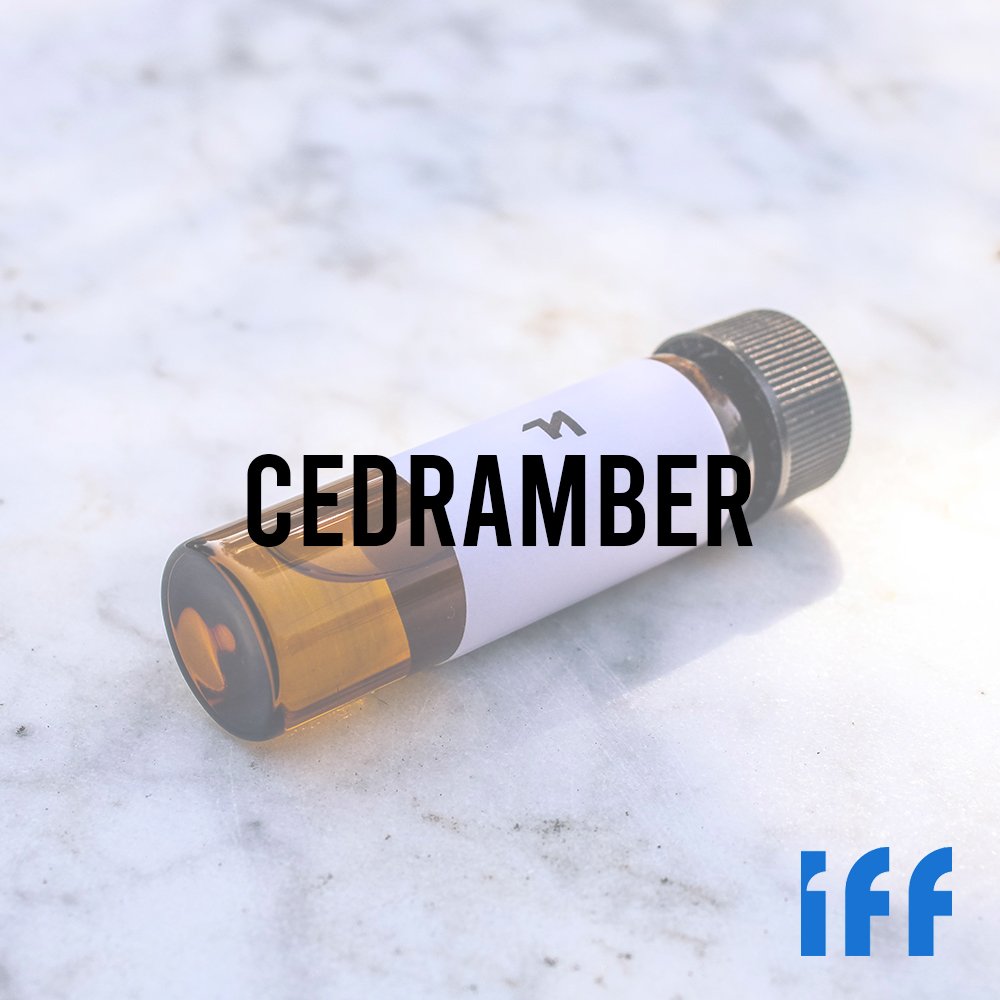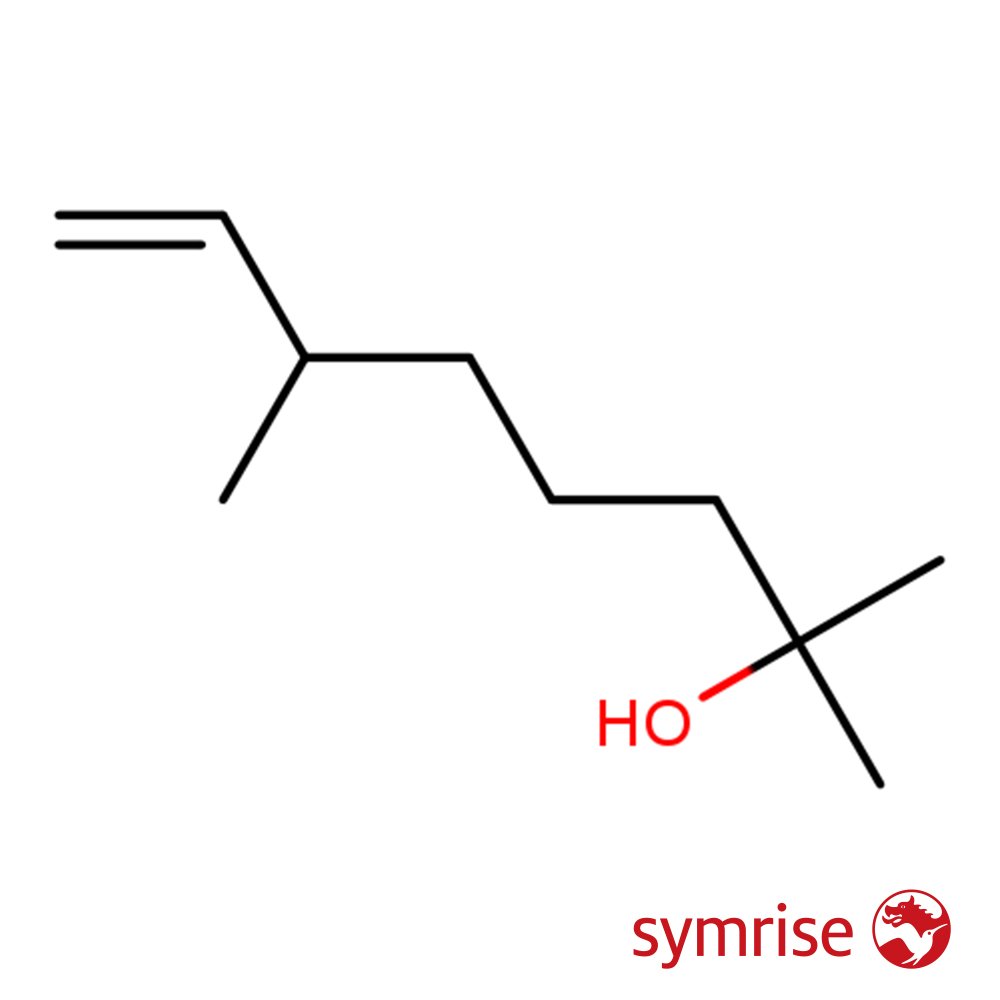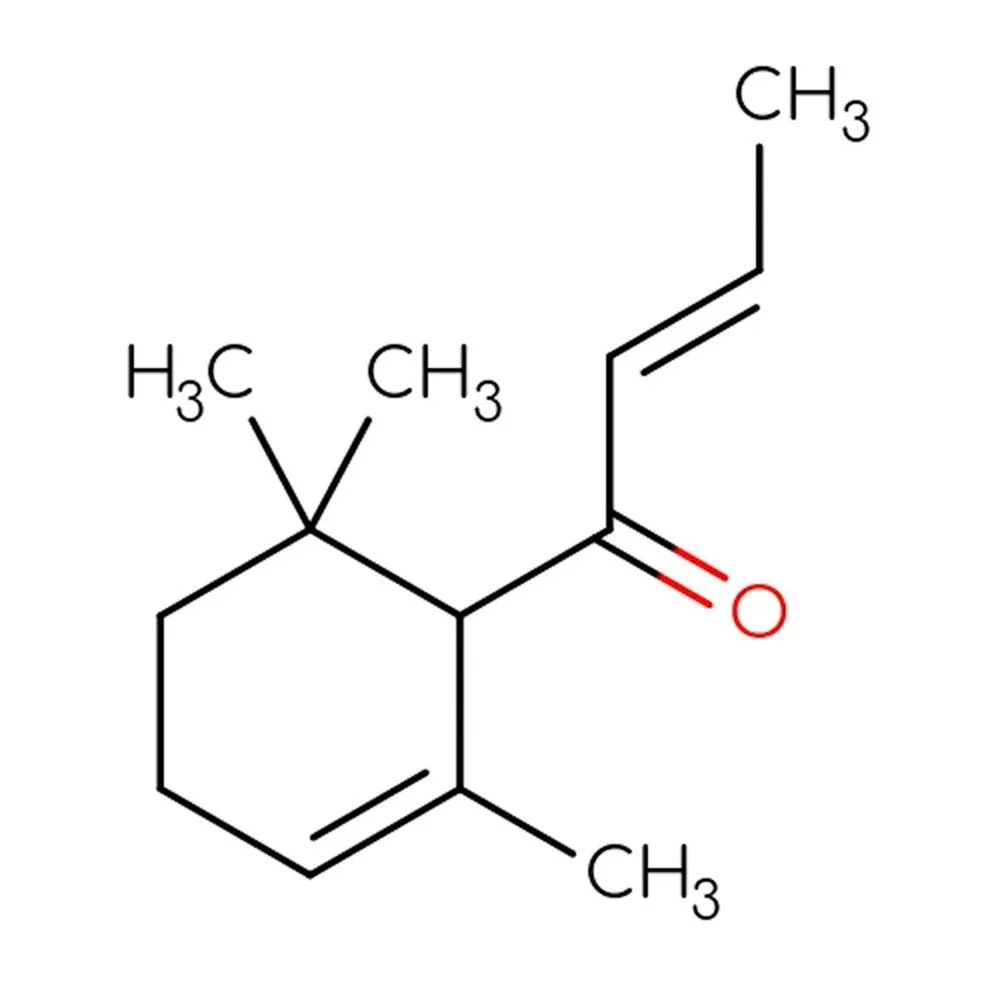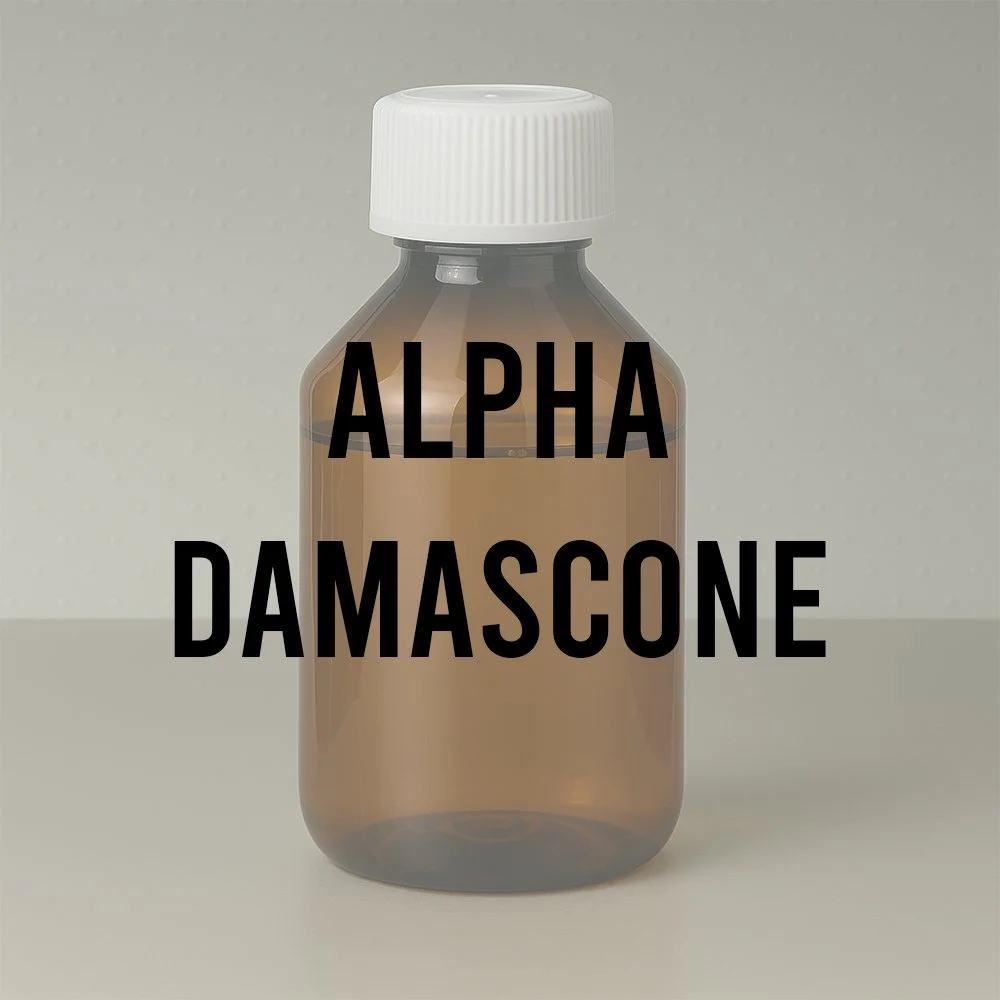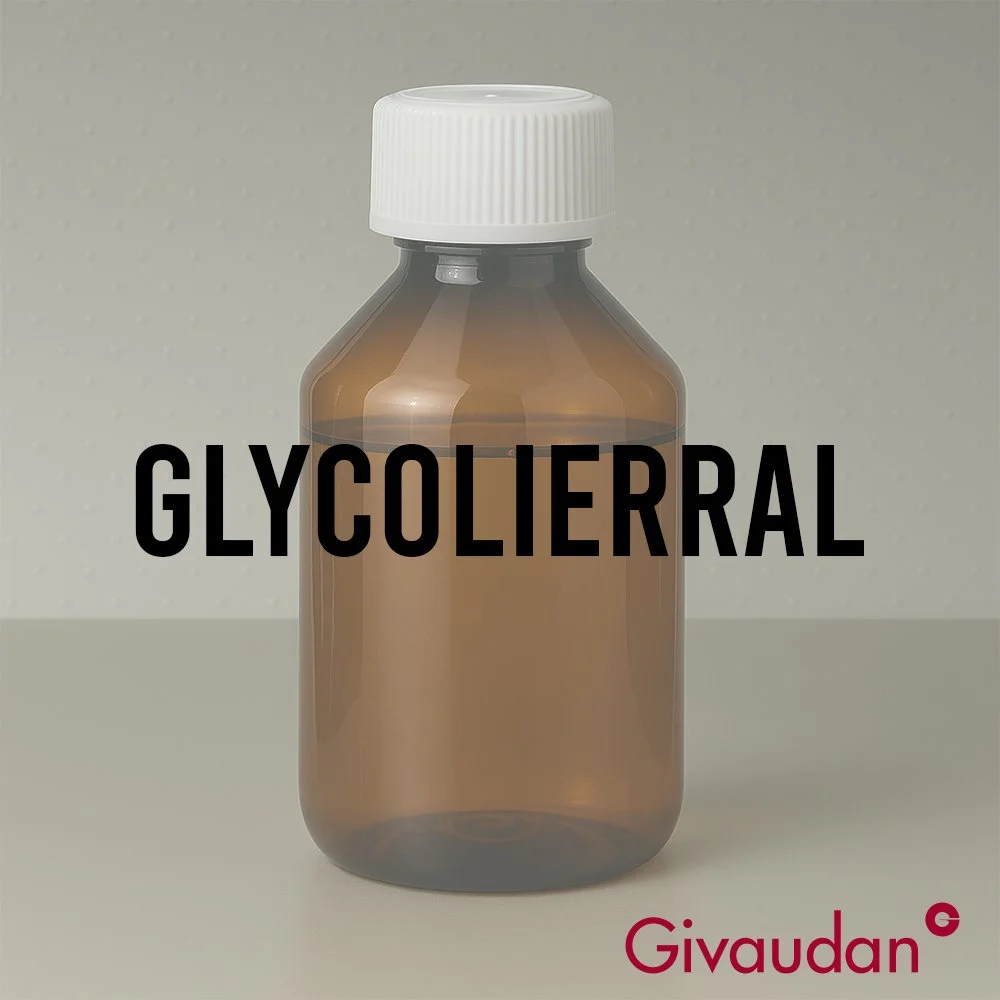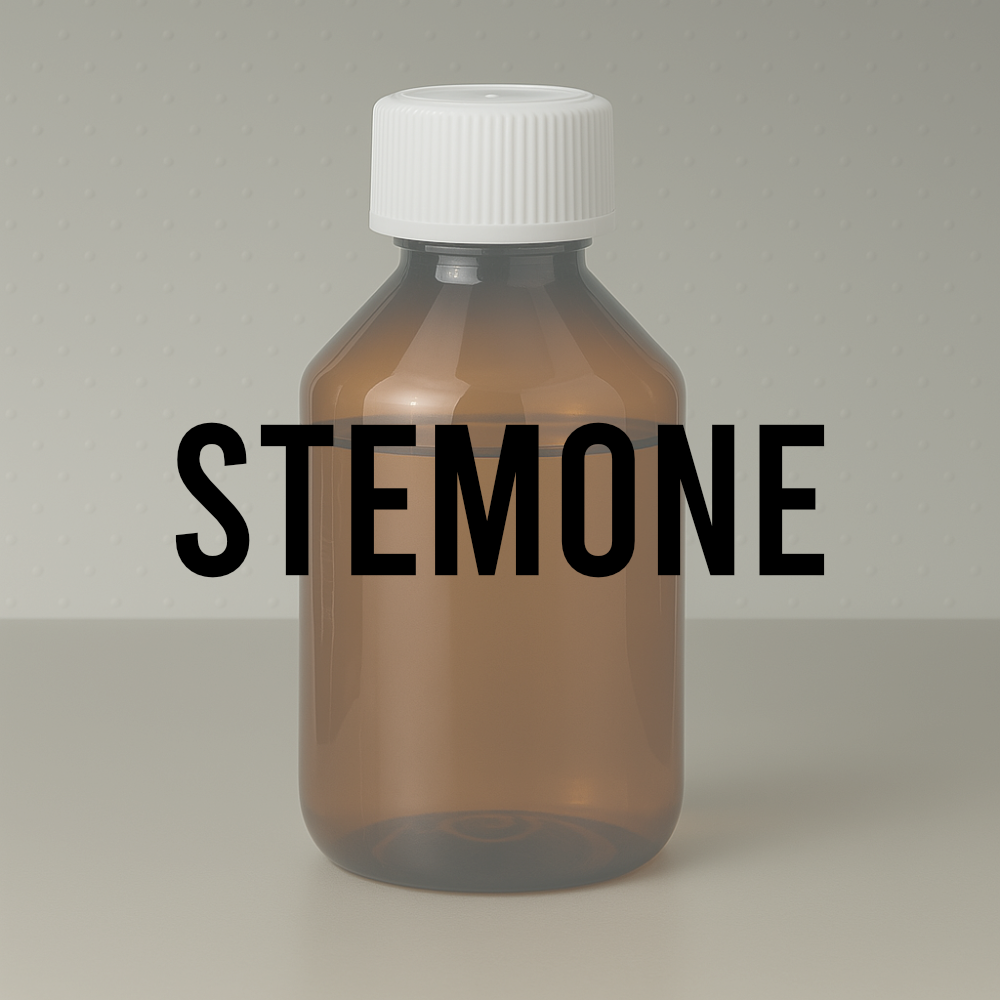Synthetic Ingredient Overview
🏭 Manufacturer — IFF
🔎 Chemical name — (1S,2R,5S,7R,8R)-8-Methoxy-2,6,6,8-tetramethyltricyclo[5.3.1.0¹,⁵]undecane
🧪 Synonyms — Cedryl methyl ether, Cedramber™
🧬 Chemical Formula — C₁₆H₂₈O
📂 CAS N° — 67874-81-1
⚖️ MW — 236.4 g/mol
📝 Odor type — Woody-Amber
📈 Odor Strength — High to Very High
👃🏼 Odor Profile — Dry, woody, ambergris-like, cedar, patchouli, vetiver nuances
⚗️ Uses — Structural note and fixative in fine fragrances, soaps, candles, detergents; builds volume and radiance in cedar and amber accords
🧴 Appearance — Pale yellow liquid
What is Cedramber?
Cedramber is a synthetic sesquiterpene ether belonging to the cedryl family of fragrance compounds. Chemically classified as methyl cedryl ether, it represents a methoxylated derivative of cedrol, the primary constituent of cedarwood oil. The molecule features a tricyclic azulene framework characteristic of cedryl compounds, with a methoxy substituent that significantly modifies its olfactory profile and performance characteristics.
This synthetic material serves as a cost-effective alternative to natural ambergris derivatives while providing distinctive woody-amber characteristics that have made it indispensable in modern perfumery. Its structural complexity, featuring multiple stereogenic centers, contributes to its sophisticated olfactory profile that bridges woody and amber fragrance families.
Historical Background
Cedramber was developed as part of the systematic exploration of cedryl derivatives in synthetic fragrance chemistry, building upon the foundational work on cedrol chemistry established in the mid-20th century. The compound emerged from research into methoxy-substituted sesquiterpenes, representing an advancement in creating synthetic alternatives to scarce natural materials.
The development of Cedramber coincided with the industry’s growing need for sustainable, cost-effective alternatives to traditional animal-derived materials like ambergris. Its commercial introduction provided perfumers with a reliable synthetic option that could replicate many of the fixative and olfactory properties of natural amber materials while offering superior stability and consistency.
The compound gained widespread adoption in the 1980s and 1990s as regulatory pressures and sustainability concerns increased demand for synthetic alternatives to natural materials. Its success established it as a standard component in the modern perfumer’s palette, particularly for woody and amber compositions.
Olfactory Profile
Scent Family: Woody-amber with cedarwood characteristics
Main Descriptors:
Primary: Warm, woody, amber-like
Secondary: Dry cedarwood, slightly powdery
Tertiary: Subtle ambergris nuances, clean, refined
Intensity: Medium to strong odor impact with excellent diffusion properties
Tenacity: Exceptional longevity characteristic of base note materials, providing lasting woody-amber foundation
Volatility: Low volatility typical of sesquiterpene ethers, functioning primarily as a base note with minimal top note contribution
Fixative Role: Significant fixative properties, enhancing the longevity and depth of fragrance compositions while providing structural support to woody and amber accords
Applications in Fine Fragrance
Cedramber serves multiple critical functions in fine fragrance formulation, primarily as a base note component that provides woody-amber depth and sophisticated fixation. Its versatility makes it suitable for a wide range of fragrance types, from modern woody compositions to classical amber orientals.
In woody fragrances, Cedramber provides essential amber warmth that prevents woody accords from becoming too dry or harsh. It harmonizes particularly well with other cedarwood materials, sandalwood derivatives, and modern woody synthetics, creating complex, multi-dimensional woody bases that feel both natural and refined.
The compound excels in amber compositions where its ambergris-like qualities provide authentic amber character without the cost and sustainability concerns of natural materials. It blends seamlessly with other amber bases like Ambroxan, Ambergris compounds, and labdanum, contributing to rich, complex amber hearts that form the foundation of oriental fragrances.
Notable performance characteristics include its ability to enhance the projection and longevity of citrus and aromatic top notes, making it valuable in fougère compositions and fresh woody fragrances. Its clean, refined character prevents the muddiness sometimes associated with heavy base note materials.
Performance in Formula
Behavior in Blends: Cedramber demonstrates excellent compatibility with a broad spectrum of fragrance materials, showing particular affinity for other woody materials, amber bases, and aromatic compounds. It rarely causes stability issues and integrates smoothly into complex formulations.
Diffusion Characteristics: Medium diffusion rate with steady, consistent release over time. Provides reliable background support without overwhelming other materials, making it ideal for creating depth and complexity in fragrance compositions.
Impact on Overall Composition: Functions as both a structural element and an active olfactory contributor. Its fixative properties enhance the performance of more volatile materials while its distinctive woody-amber character adds sophistication and warmth to fragrance profiles.
Fixative Strength: Strong fixative properties typical of sesquiterpene ethers, particularly effective at anchoring citrus, aromatic, and floral materials. Extends wear time and improves fragrance development on skin.
Compatibility: Excellent compatibility with alcoholic solutions, showing good stability across pH ranges typical in fine fragrance applications. Compatible with both natural and synthetic fragrance materials without causing discoloration or precipitation.
Environmental & Sustainability Aspects
IFF classifies Cedramber as part of its sustainable portfolio:
94% renewable content
Upcycled origin
Readily biodegradable
Naturally derived
Vegan suitable
Industrial & Technical Uses
Beyond fine fragrance applications, Cedramber finds use in various scented consumer products where its stability and cost-effectiveness provide advantages over more expensive amber materials. Its excellent substantivity makes it particularly valuable in detergent and fabric care applications, where long-lasting fragrance performance is essential.
In personal care products, Cedramber’s mild character and good skin compatibility make it suitable for use in body care formulations, shower gels, and grooming products where woody-amber notes are desired. Its stability in alkaline conditions makes it particularly useful in soap and detergent fragrance.
The compound’s consistent quality and reliable supply chain make it a preferred ingredient for applications requiring standardized fragrance profiles and predictable performance characteristics. Its synthetic origin ensures batch-to-batch consistency that natural materials cannot match.
Regulatory & Safety Overview
IFRA Status: Currently unrestricted under IFRA Amendment 51, with no specific usage limitations for fragrance applications. However, users should verify current IFRA standards as regulations may be updated periodically.
GHS Classification: Classified as a skin sensitizer (Category 1) and may cause allergic skin reactions. Proper handling procedures should be followed, including use of appropriate personal protective equipment during formulation work.
EU Cosmetics Regulation: Compliant for use in cosmetic products when properly declared and within safe usage levels. Subject to standard cosmetic ingredient safety assessment requirements.
Toxicology: Generally recognized as safe for intended fragrance uses when properly formulated. Standard industry safety protocols should be followed during handling and formulation. No significant acute toxicity concerns at normal usage levels.
FEMA Status: Not FEMA approved as this material is intended for fragrance rather than food applications.
References
European Chemicals Agency (ECHA). (2024). Substance Information - Methyl cedryl ether (CAS 67874-81-1). Retrieved from https://echa.europa.eu/substance-information/-/substanceinfo/100.061.354
Foreverest Resources Ltd. (2024). Methyl Cedryl Ether - Technical Data Sheet. Chemical specifications and applications.
International Fragrance Association (IFRA). (2024). IFRA Standards Library - Amendment 51. IFRA Secretariat.
LookChem Chemical Database. (2024). Cedrol methyl ether (CAS 67874-81-1) - Chemical Properties and Safety Data. Retrieved from chemical databases.

